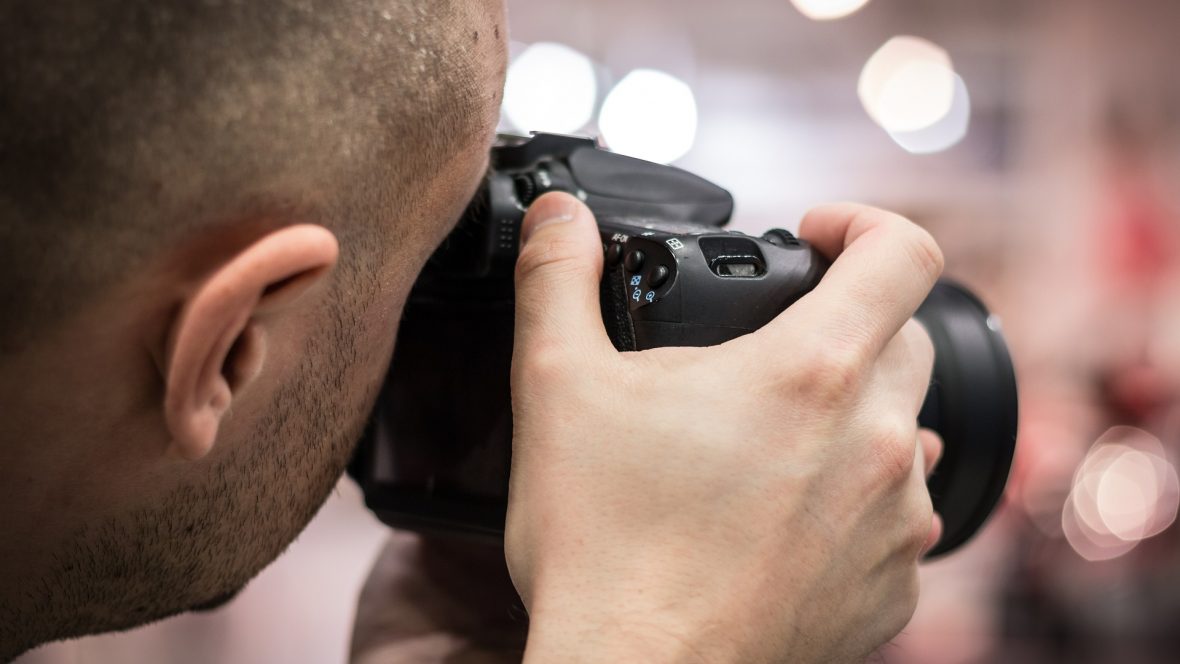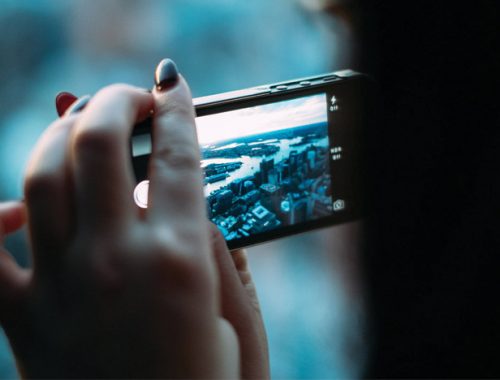Every photographer makes mistakes at the start. It’s the process of learning! However, those beginning mistakes can be frustrating. If you’ve tried to capture special, once-in-a-lifetime moments, only to have the photo look boring or blurry, you know how terrible this can feel. But it’s not too late to learn! These overviews of beginning mistakes will teach you how to improve your photography and avoid common rookie errors.
Dull photos
Many beginner photographers haven’t yet studied and understood types of light. Thus, when they compare their photos to professionals’, their images look dull and boring.
If you’re taking photos of landscapes, you’ll want to focus on the “golden hours”–the hours before and after sunrise and sunset. This gives you soft directional light, which helps your landscapes look amazing.
For portraits and food photography, you’ll want an overcast day with diffused lighting. A perfectly sunny day without a cloud in the sky is terrible for taking portraits. This is because overhead and bright light can throw strange shadows on people’s faces, or make certain angles look far too harsh.
No matter what kinds of photos you’re taking, study lighting for your intended subjects. It may help to look back on your old photos and see what you might have done differently.
Poor focus
One mistake beginners often make is to let their camera take care of the focus. Auto focus, especially on smart phones, may try to zero in on an object completely different from your intended subject. Make sure to take your camera off Auto focus and use manual or selective auto focus for a better image. It’s also wise to use a tripod or other stabilizing surface to prevent camera shake and therefore blurring.
Crooked horizon
A crooked or slanting horizon–even with just a little slant–can ruin the credibility of an otherwise perfect photo. Tripods can help fix this problem. If that’s not an option, take the time to make sure your horizon is straight in your viewfinder. Then remember to snap the photo as you exhale.
Sometimes accidents happen, and your horizon won’t look straight despite your best efforts. In this case, make sure to fix it in Photoshop or Lightroom. It’s an easy fix, and very worthwhile! Potential clients will notice your skewed horizon, so it’s worth taking the time!
Too much noise
New photographers may struggle with making sure their images are sharp enough. This becomes especially hard in low light conditions, which increase photo noise if you aren’t careful. Try raising your ISO in low light conditions. Test out your camera so you’ll know how to manage your noise levels.
Over-editing
Signs of over-editing by a (probably panicking) new photographer include excessive sharpening, over-contrast, too saturated, and too much noise reduction–which results in a too-smooth image. You may also notice bad cropping done in post-production. Ideally, you’ll crop your image when you take your photo. But that can’t always happen. So instead, focus on careful cropping that frames your subject well and tells the whole story of your piece, allowing for context.
As for the others, it will be worth your while to fix errors like saturation and contrast with your camera in the first place, rather than struggling with them later and making amateur mistakes. Be sure to check your camera’s settings, and if you can, take several test shots to see what you need to adjust.
Being unprepared
A common mistake that many photographers have had to learn the hard way is to prepare before going out with your camera. Always make sure your battery is charged, and that you have spare batteries and memory cards. This will save you a lot of regret in the future.
What have you learned since you started photography? Have you noticed anything you wish you would have done as a beginner? We’d love to hear from you!




